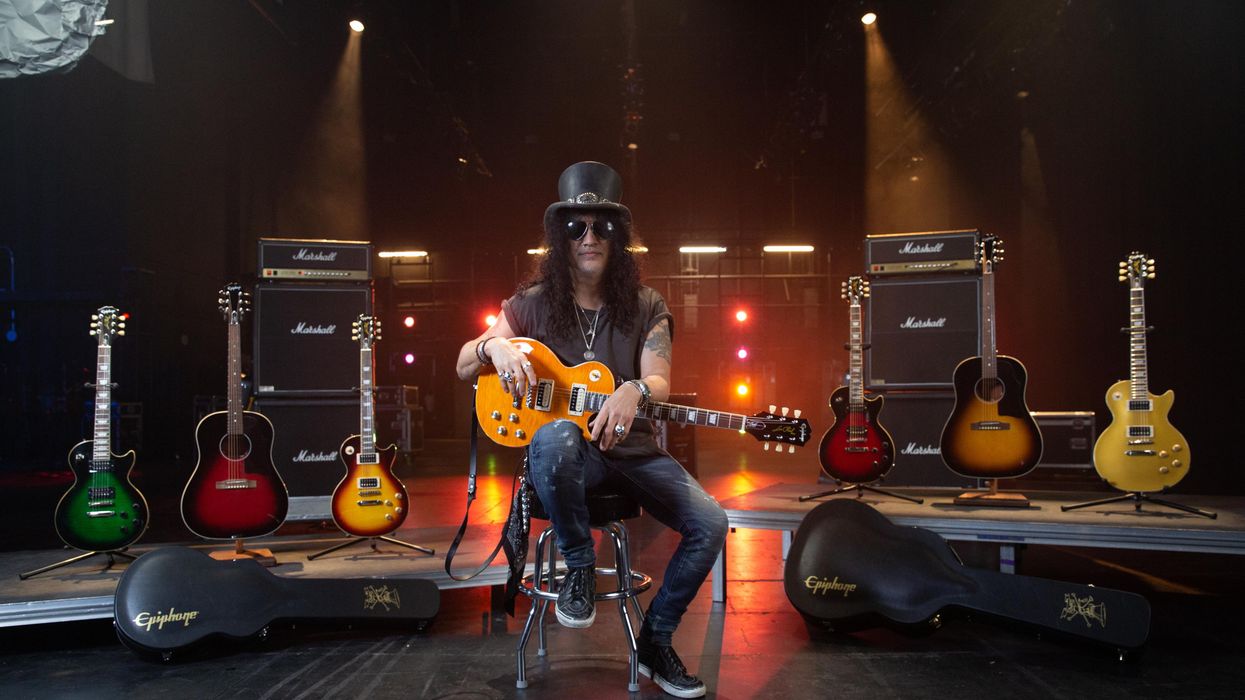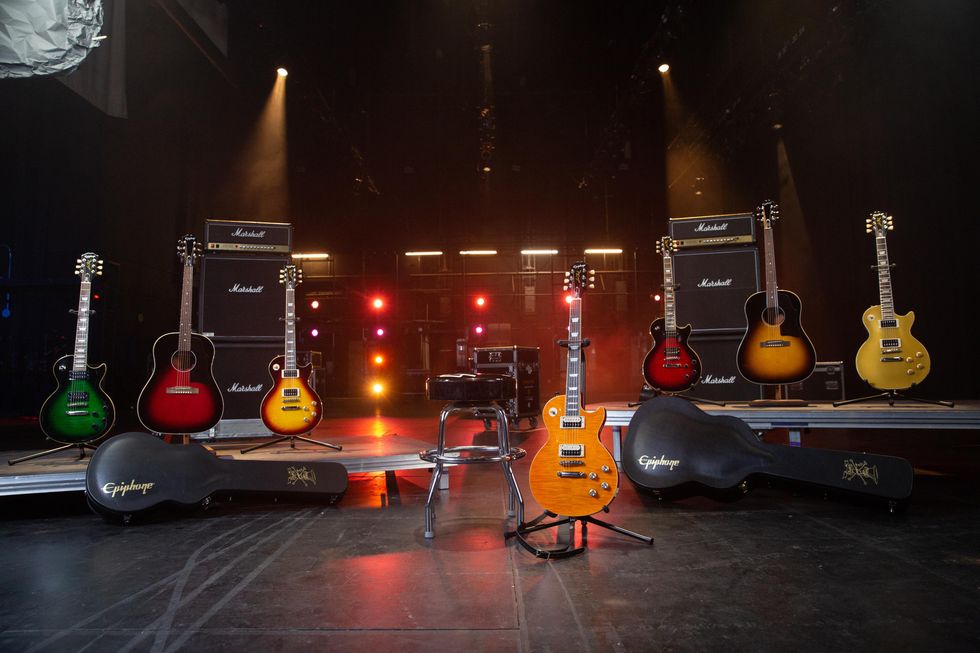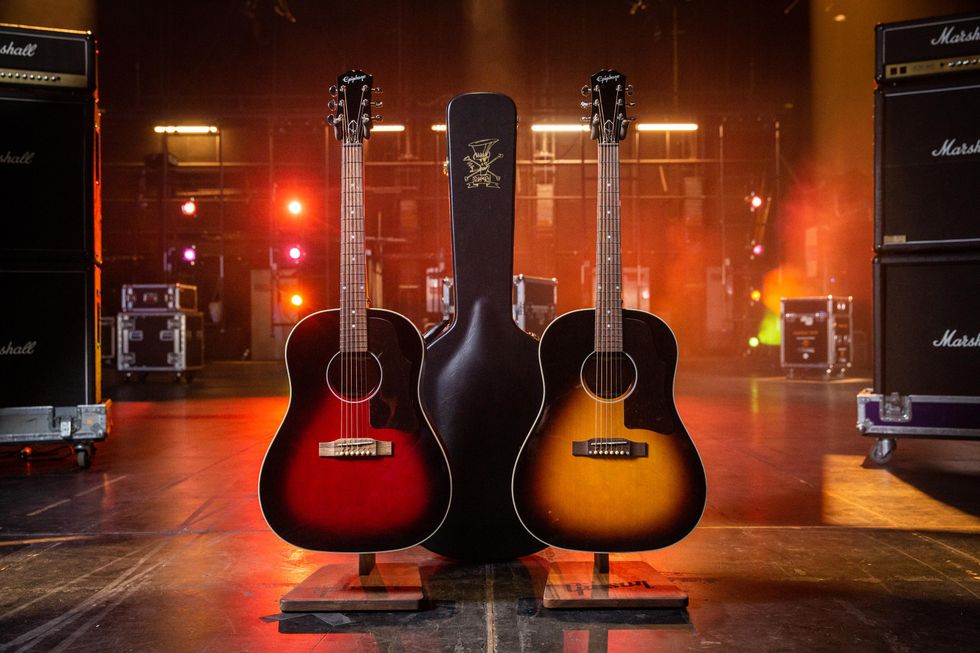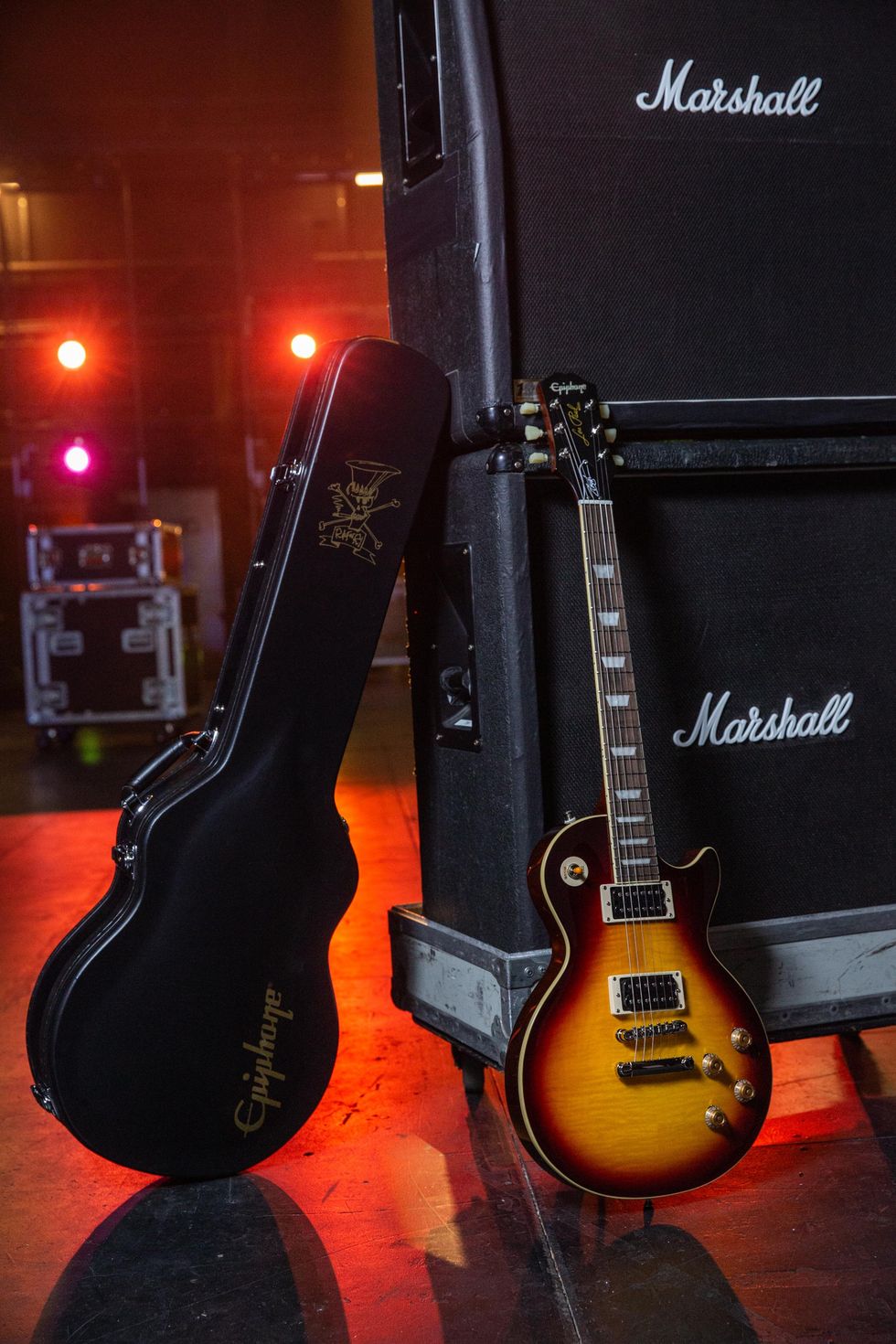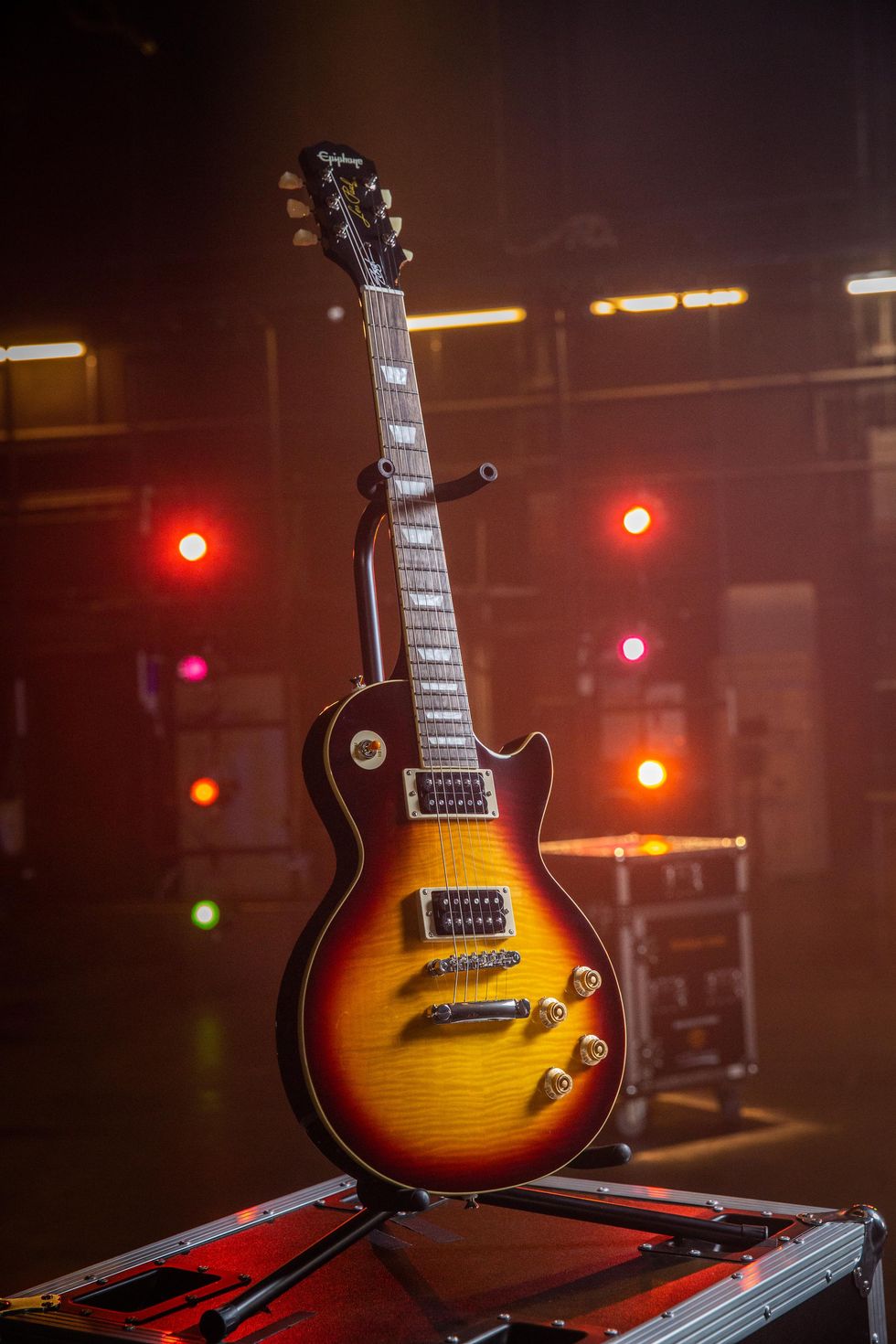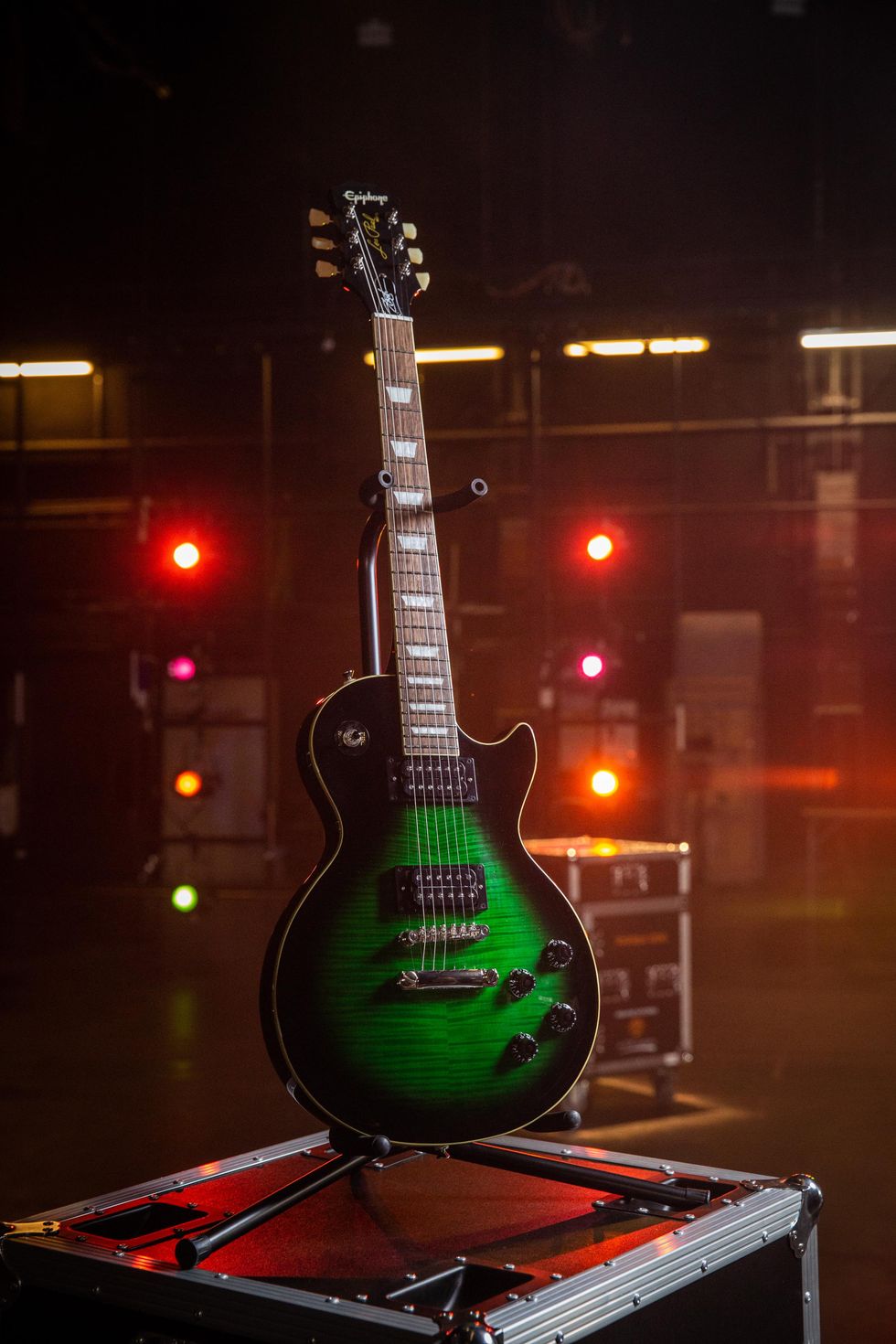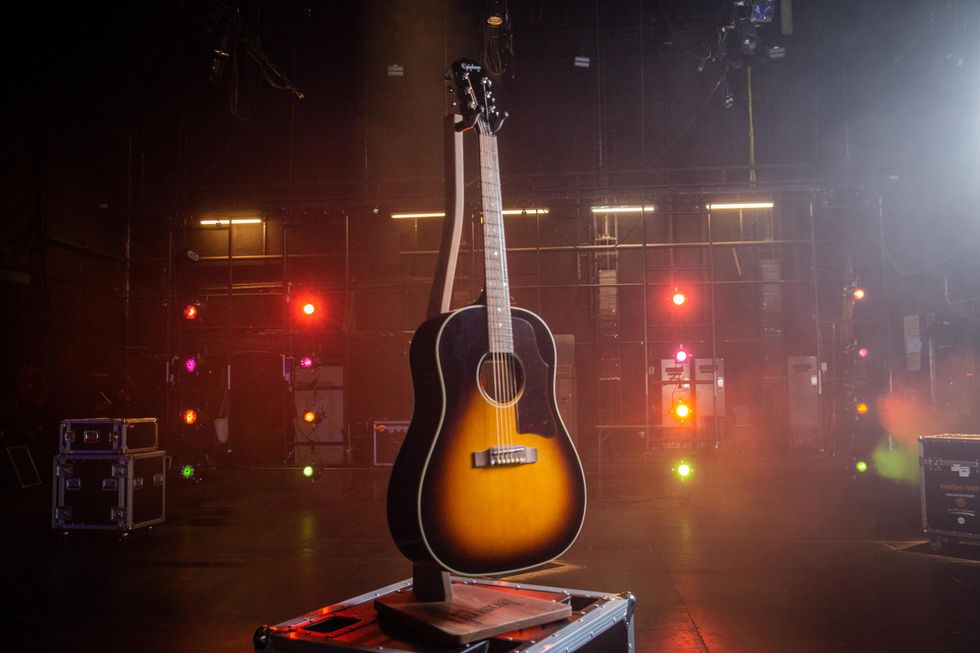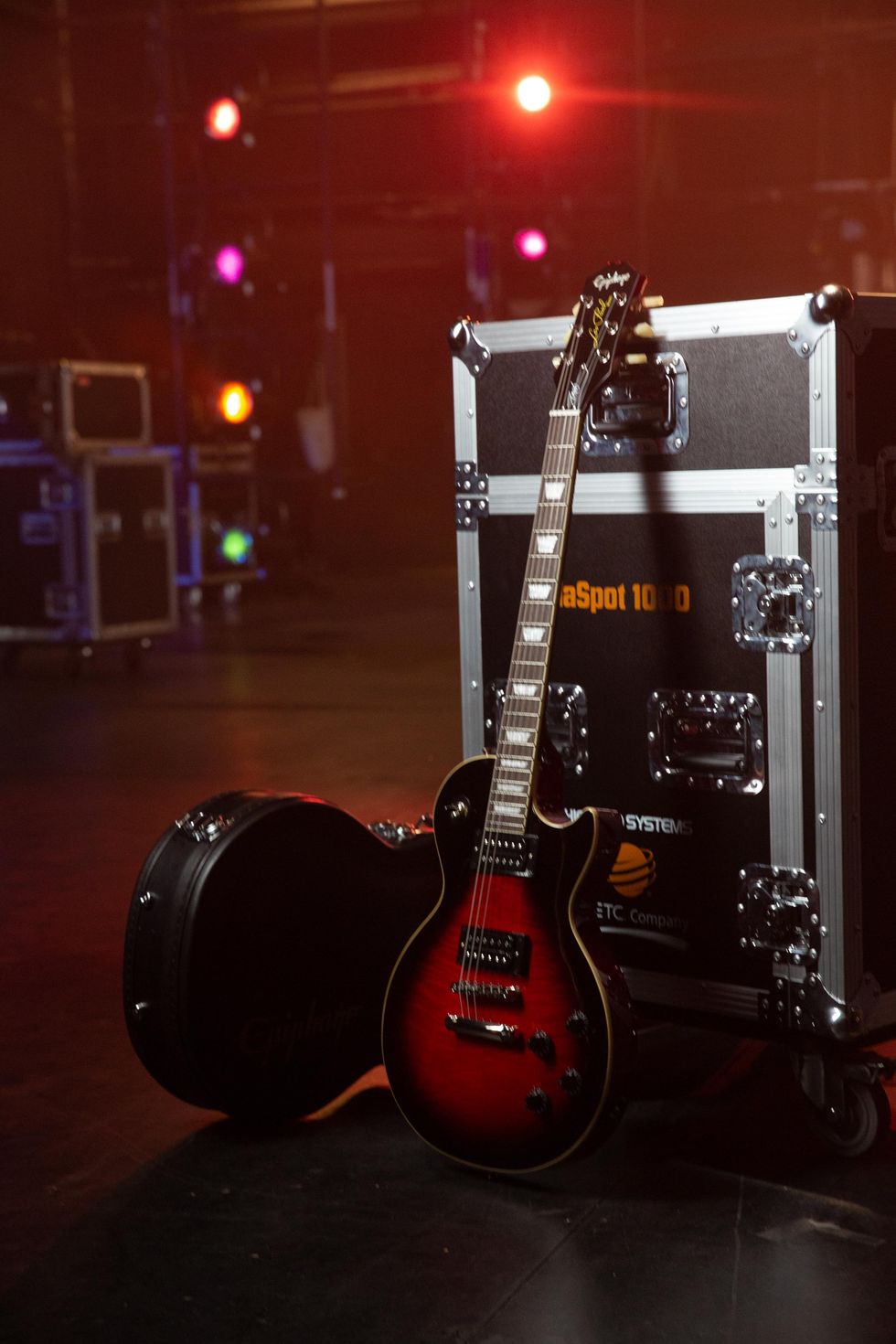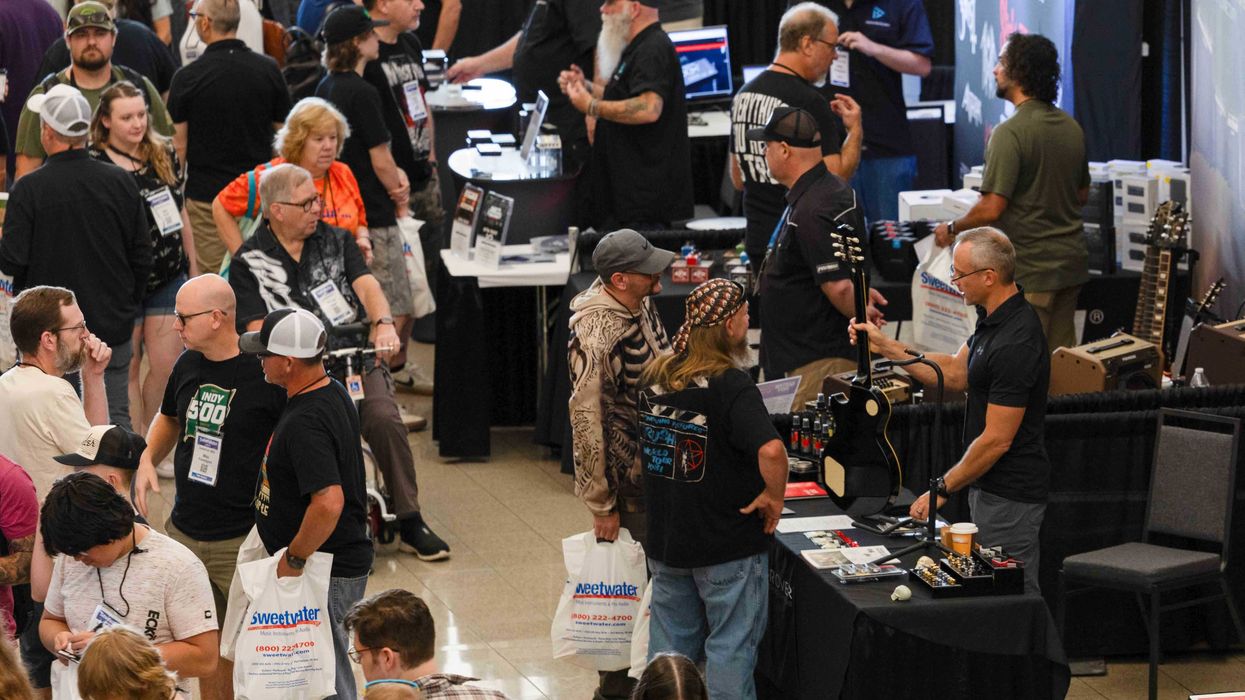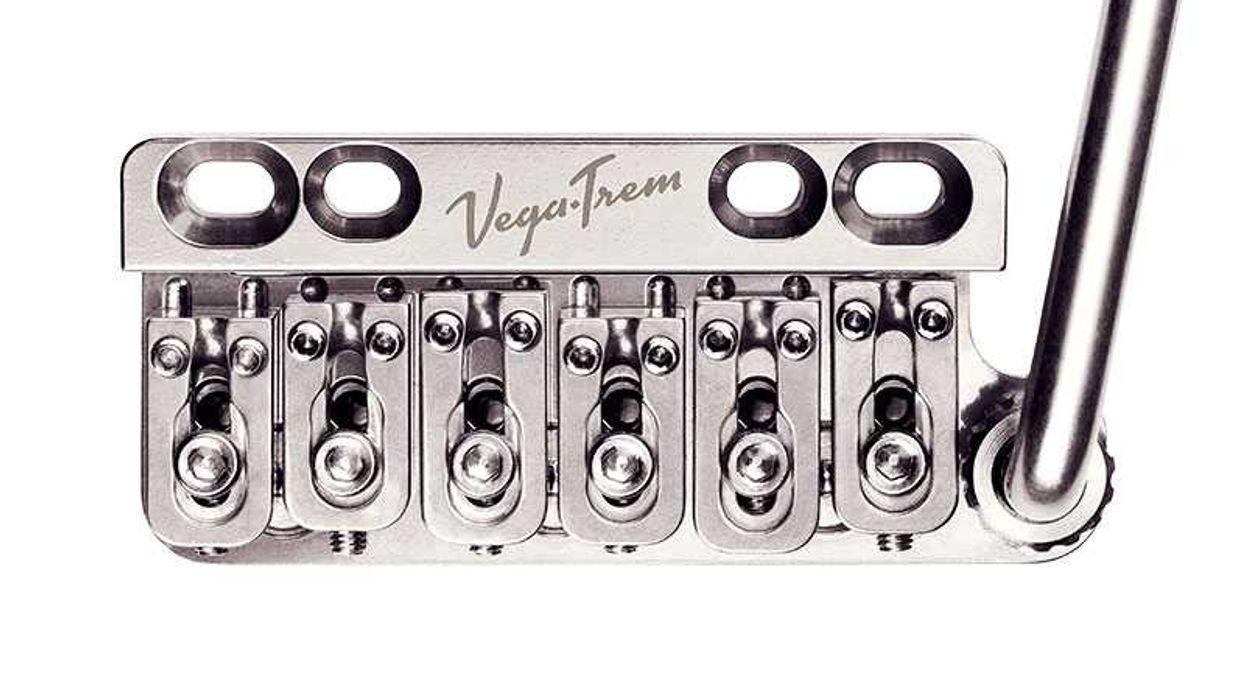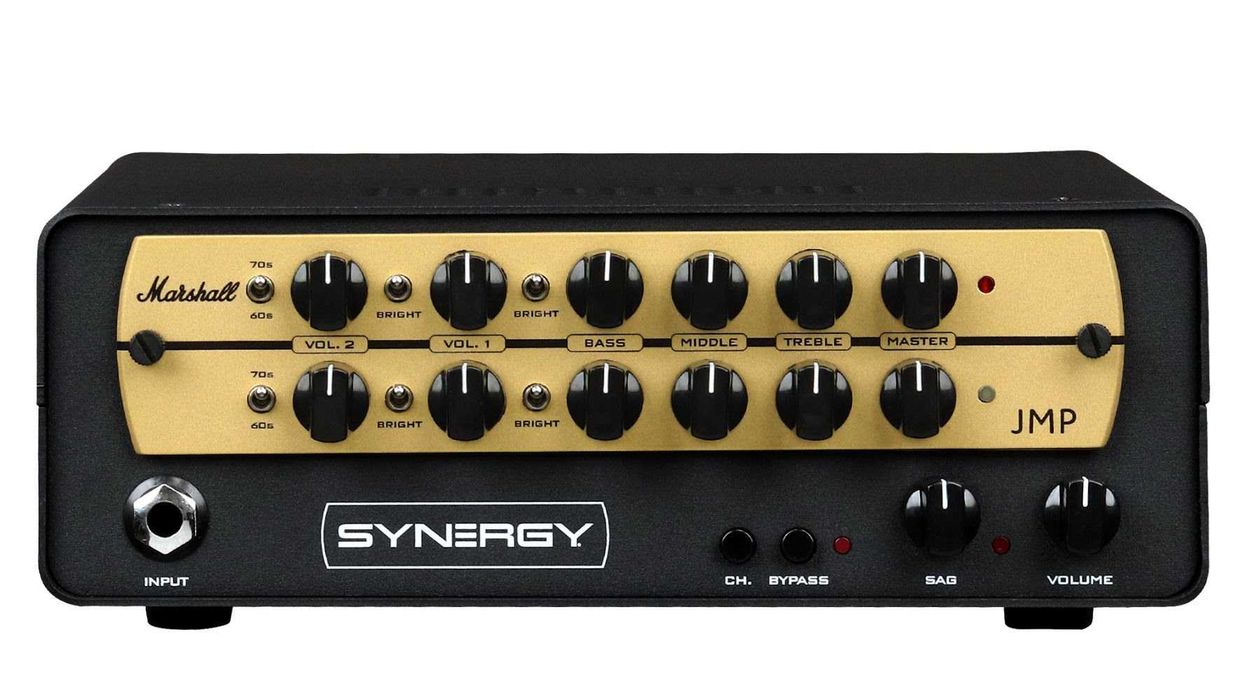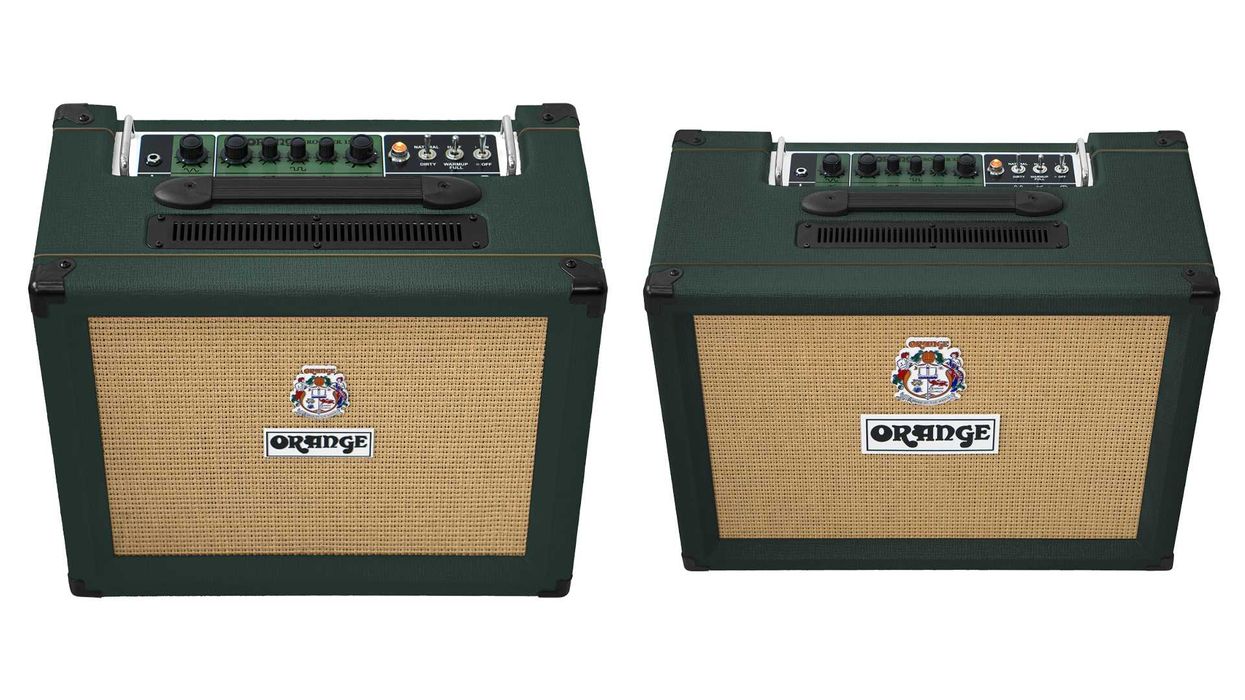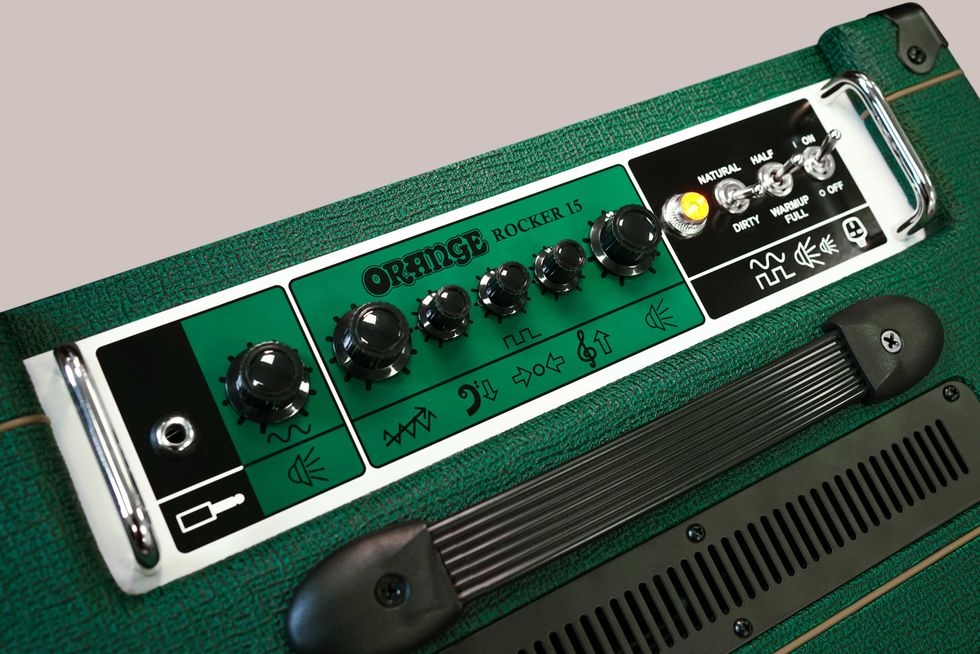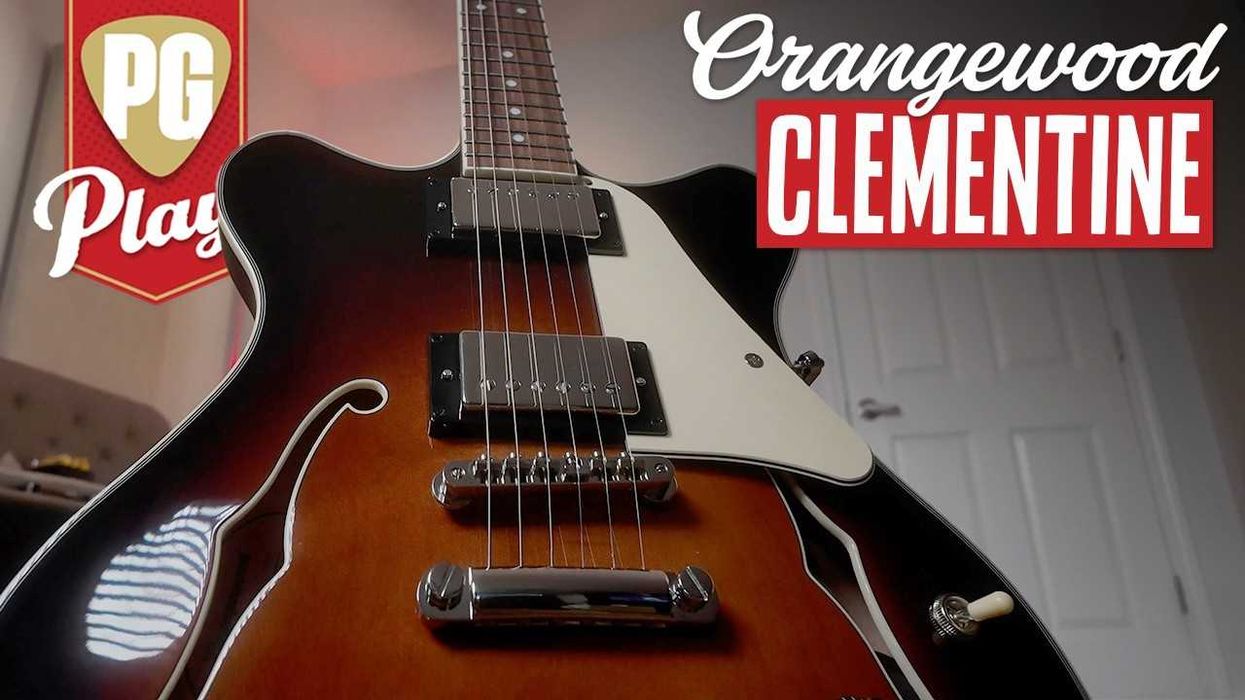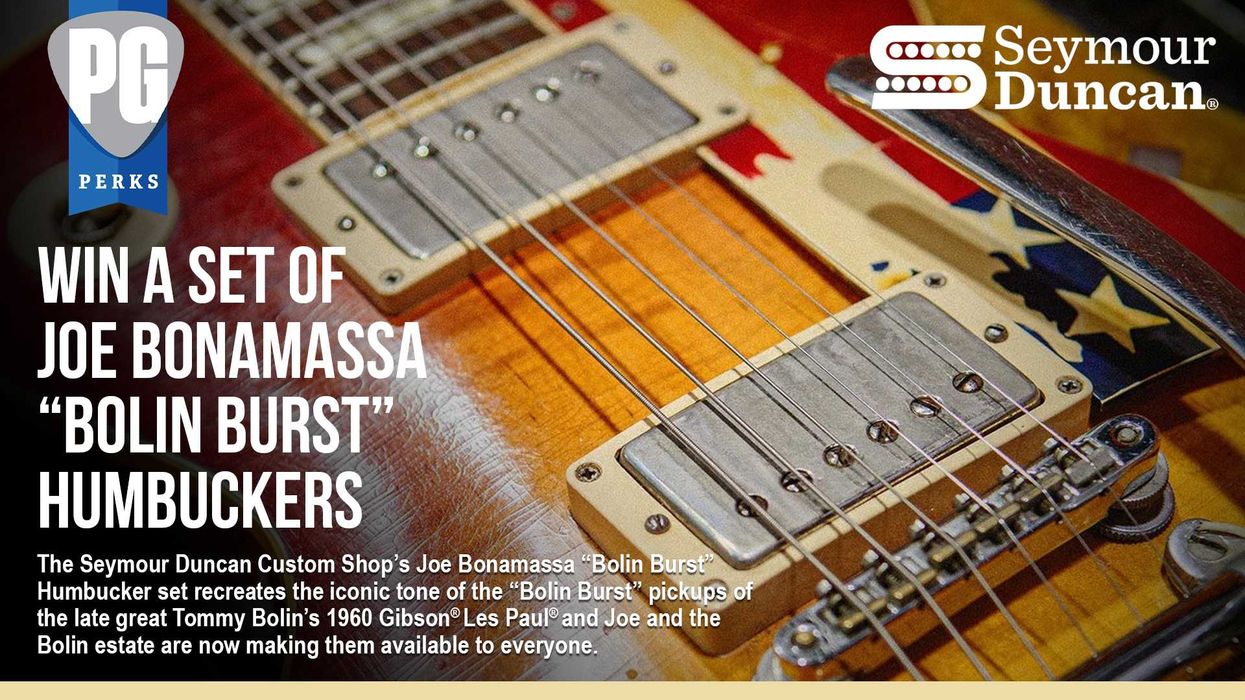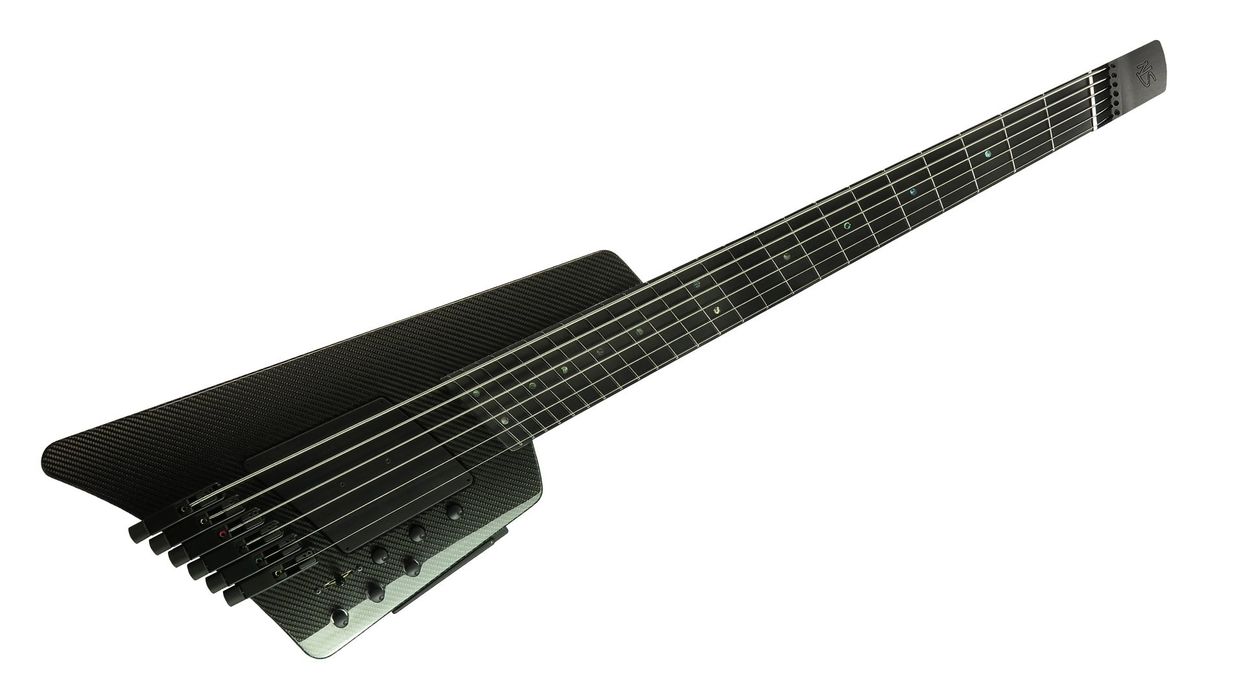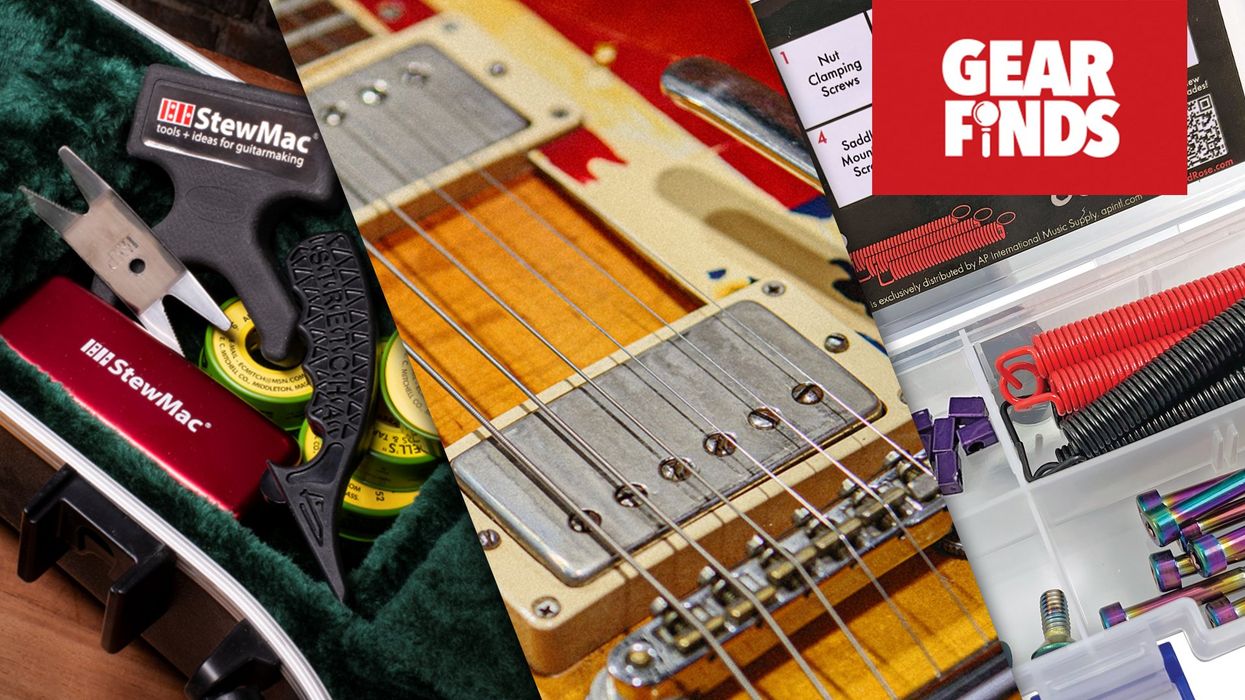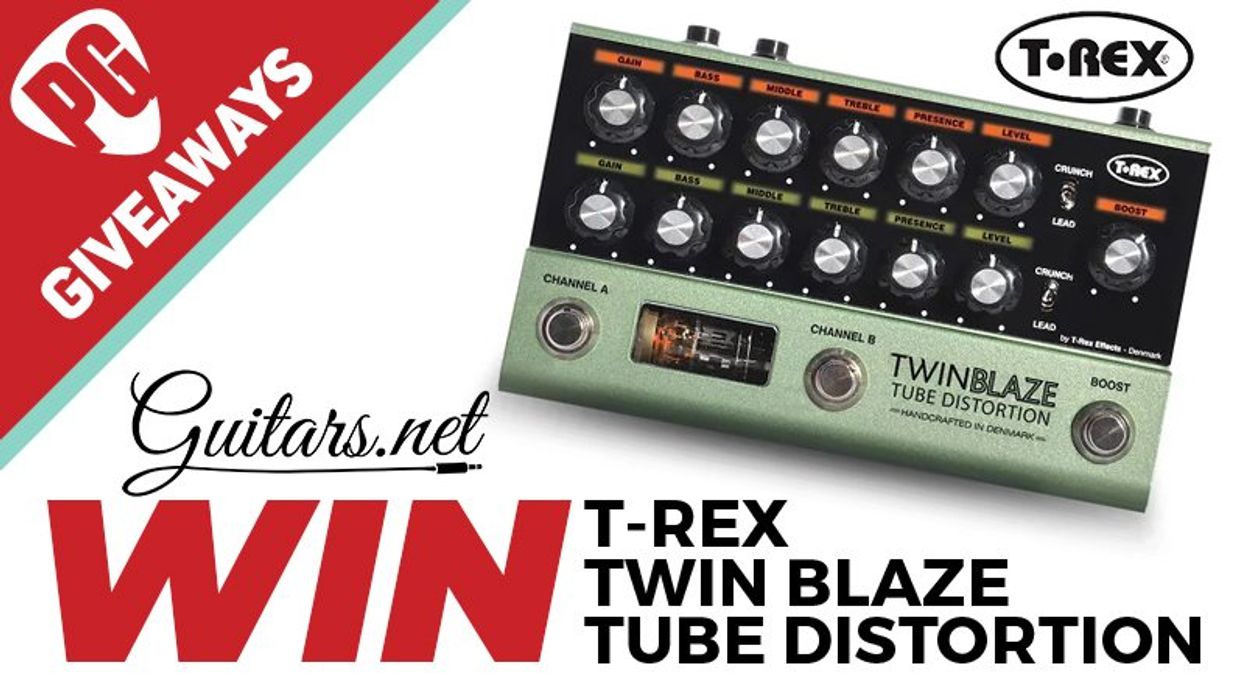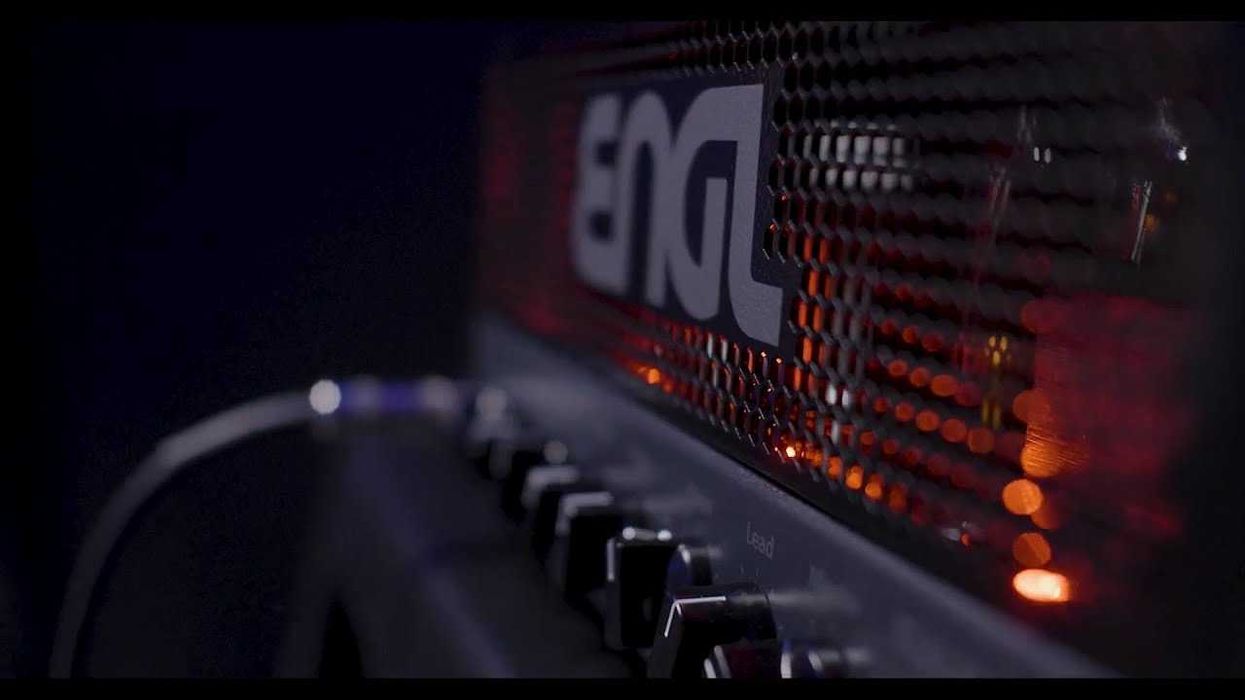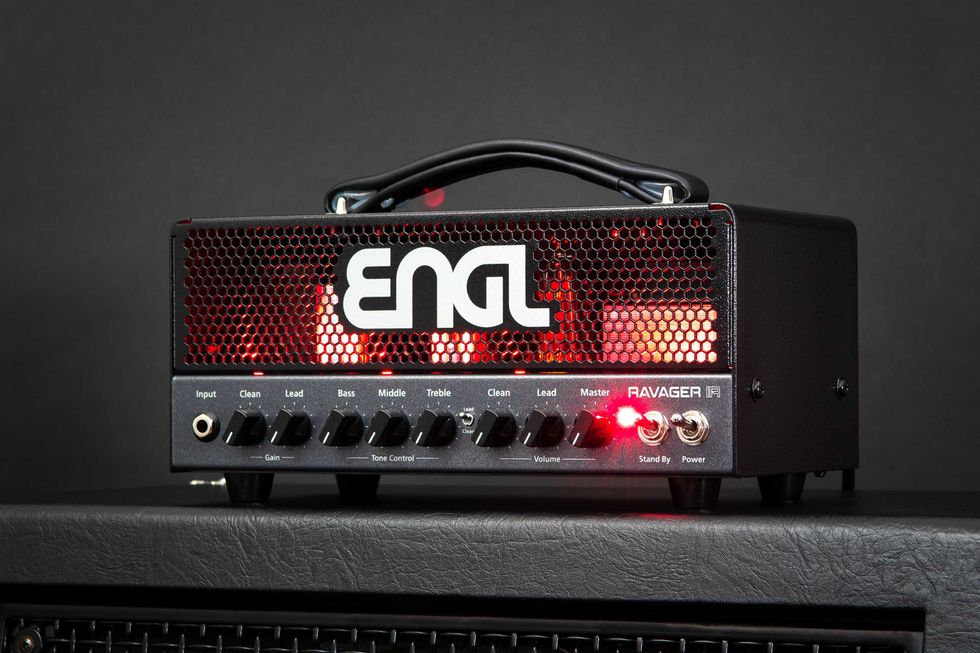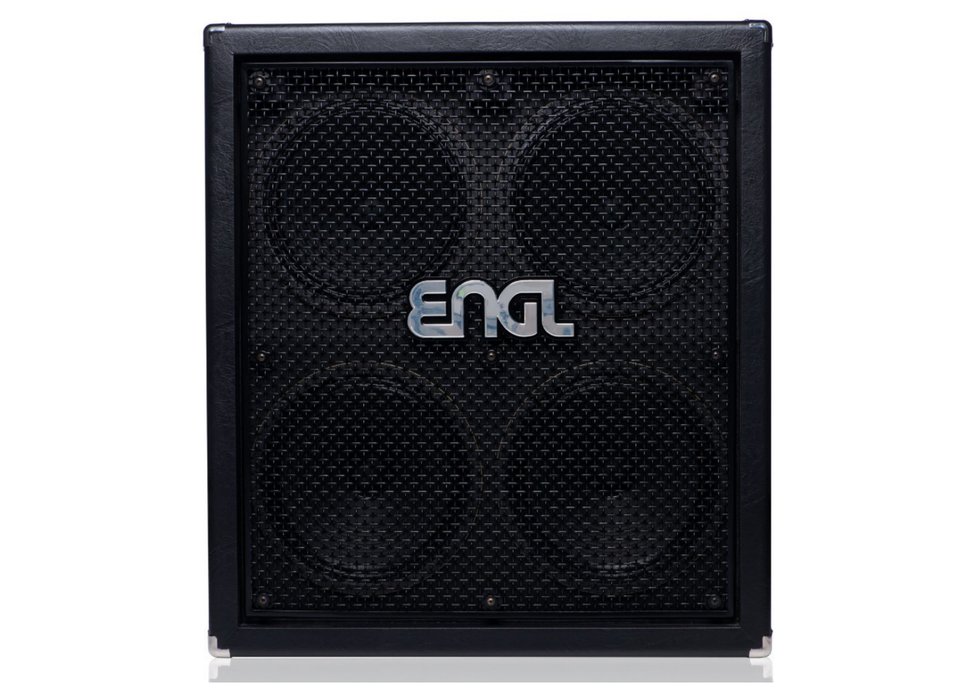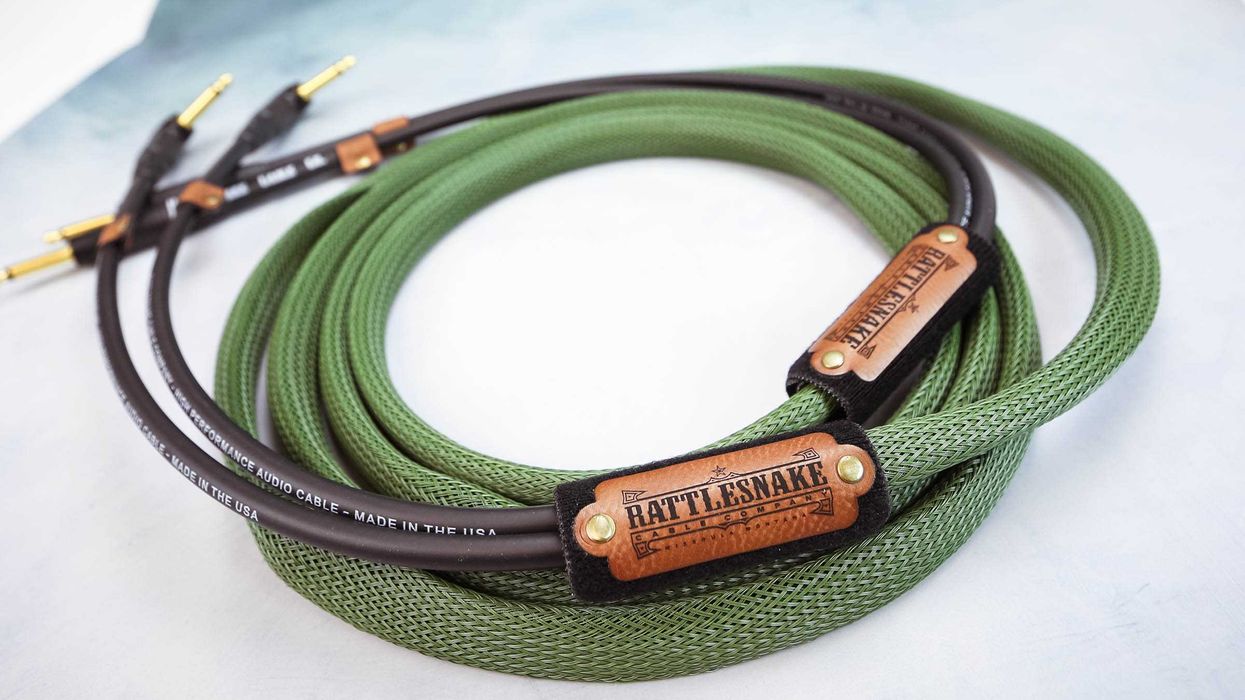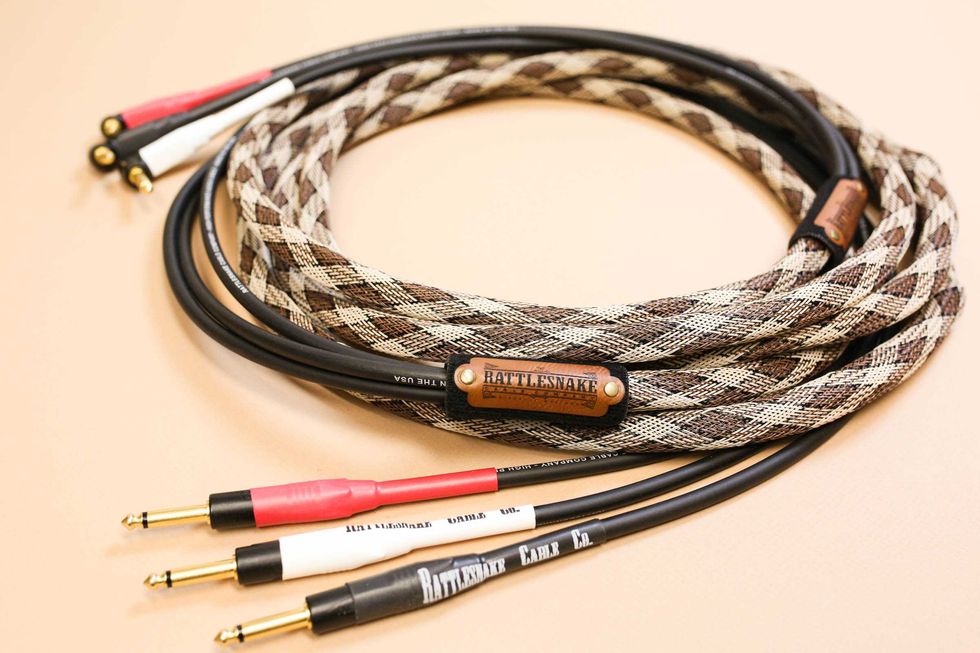Epiphone, the leading accessible guitar brand For Every Stage, has announced the new Epiphone Slash Collection will officially debut worldwide July 20, 2021 on www.epiphone.com. Crossing three decades of collaborative partnership between Gibson and Epiphone luthiers and the iconic guitarist Slash, the all-new Epiphone Slash Collection features multiple acoustic and electric guitars and follows his history-making Gibson Slash Collection released last year. In a first for the brand, every guitar in the new Epiphone Slash Collection, as well as the Gibson Slash Collection is an evergreen artist collection with fourteen guitars in production.
"I'm really proud to present this great line up of excellent quality, signature Epiphone guitars," says Slash. "They sound & look fantastic. It's all I could ask for." A part of the Epiphone Inspired by Gibson Collection, the all-new Epiphone Slash Collection celebrates the influential guitars Slash has used throughout his storied music career which continues to inspire multiple generations of players around the world. Perfect for every stage, players of all levels, and accessible, the full collection includes the Epiphone Slash Les Paul™ Standard finished in Appetite Burst, November Burst, Anaconda Burst and Vermillion Burst, the Slash "Victoria" Les Paul Standard Goldtop in Gold, and on the acoustic front, the Epiphone Slash J-45 in Vermillion Burst and November Burst. Exclusive to every guitar in the entire Epiphone Slash Collection are Slash's "Skully" signature drawing on the back of the headstock, Slash's signature on the truss rod cover, and a custom hardshell case with Slash's "Skully" logo included.
Slash Epiphone Collection
Each Epiphone Slash Collection Les Paul Standard features a mahogany body, maple cap with AAA flame maple veneer, a Graph Tech nut, Epiphone LockTone Tune-O-Matic bridge and Stop Bar tailpiece, and Slash's personal touches including a C-shape neck profile, Epiphone Custom ProBucker pickups, color coordinated hardware appointments, CTS potentiometers with Orange Drop capacitors and Epiphone Strap Locks. The Slash Epiphone Les Paul Standard is finished in in Appetite Burst, November Burst, Anaconda Burst and Vermillion Burst.
Each Epiphone Slash Collection J-45 acoustic guitar features all solid wood construction with solid mahogany back and sides, a solid Sitka spruce top with vintage-style (or 50's style) pickguard, Grover Rotomatic tuners, Graph Tech TUSQ nut and saddle, and Slash's personal touches including a C-shape neck profile, a flatter, more modern 16" fretboard radius, and an LR Baggs VTC preamp and under-saddle pickup for a natural acoustic sound when plugged in. the Epiphone Slash J-45 is finished in Vermillion Burst and November Burst.
Each Slash Victoria Les Paul Standard Goldtop guitar features a mahogany body with a maple cap, a Graph Tech nut, Epiphone LockTone Tune-O-Matic bridge and Stop Bar tailpiece, and Slash's personal touches including a C-shape neck profile, Epiphone Custom ProBucker pickups, color-coordinated hardware appointments, CTS potentiometers with Orange Drop capacitors and Epiphone Strap Locks.
"We are in a very exciting journey with Slash and today we are announcing the amplification of our collaboration with the launch of the Epiphone Slash Collection," says Cesar Gueikian, Brand President, Gibson Brands. "Our new Epiphone Slash Collection brings our collaboration with Slash to the next level, expanding the offering of the iconic Slash models to Epiphone with an accessible price point. Slash was intimately involved in every aspect of the development of his new Epiphone Collection, and we are all excited to see his fans around the world rock out with them!"
For more information:
Epiphone
